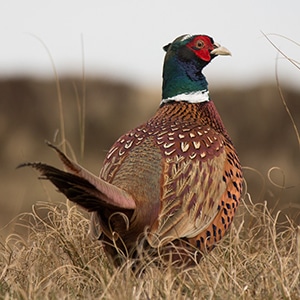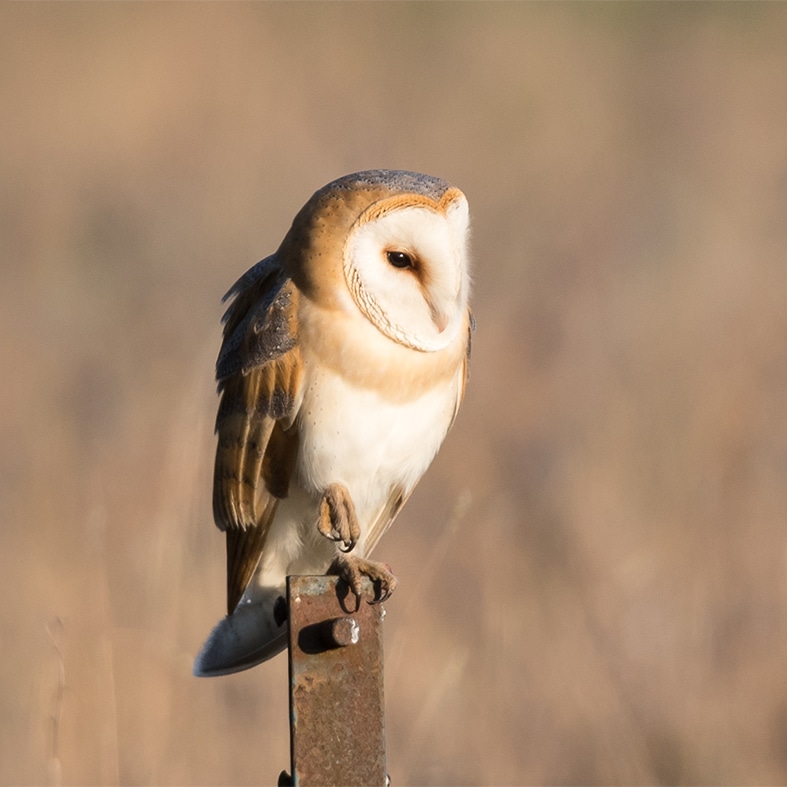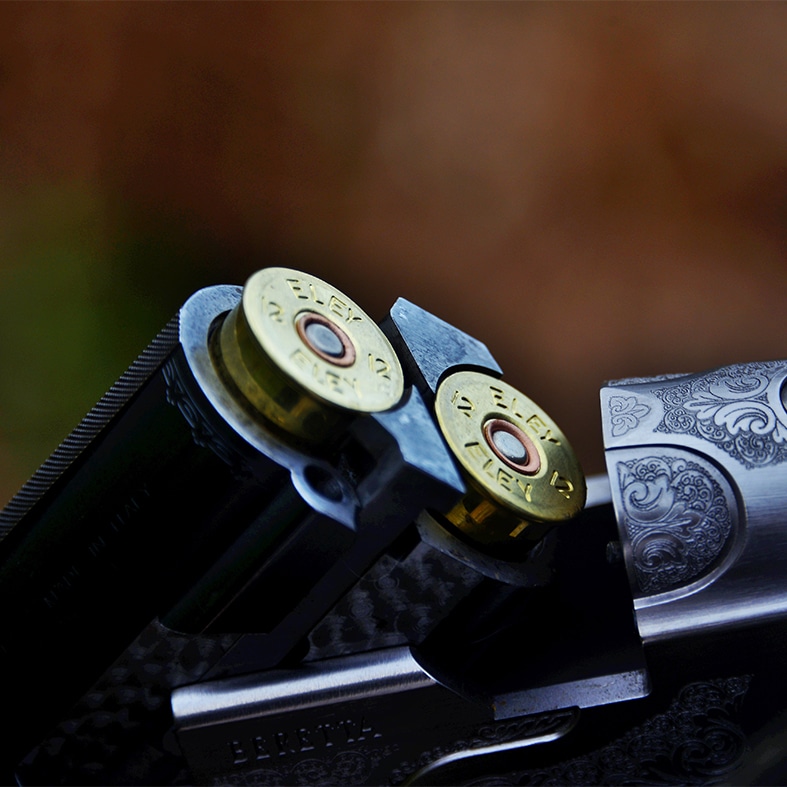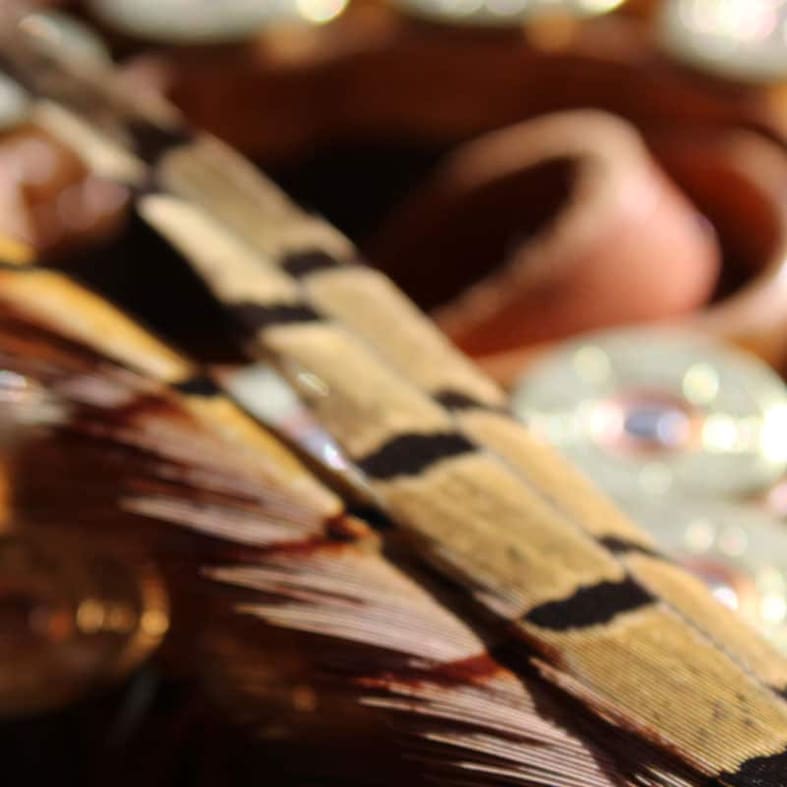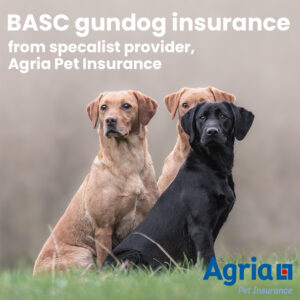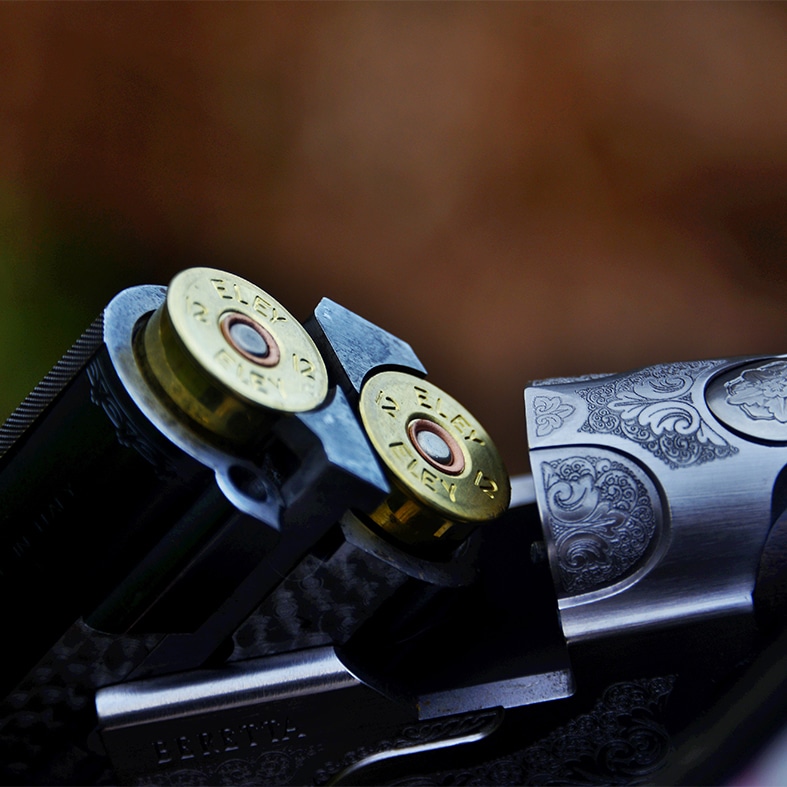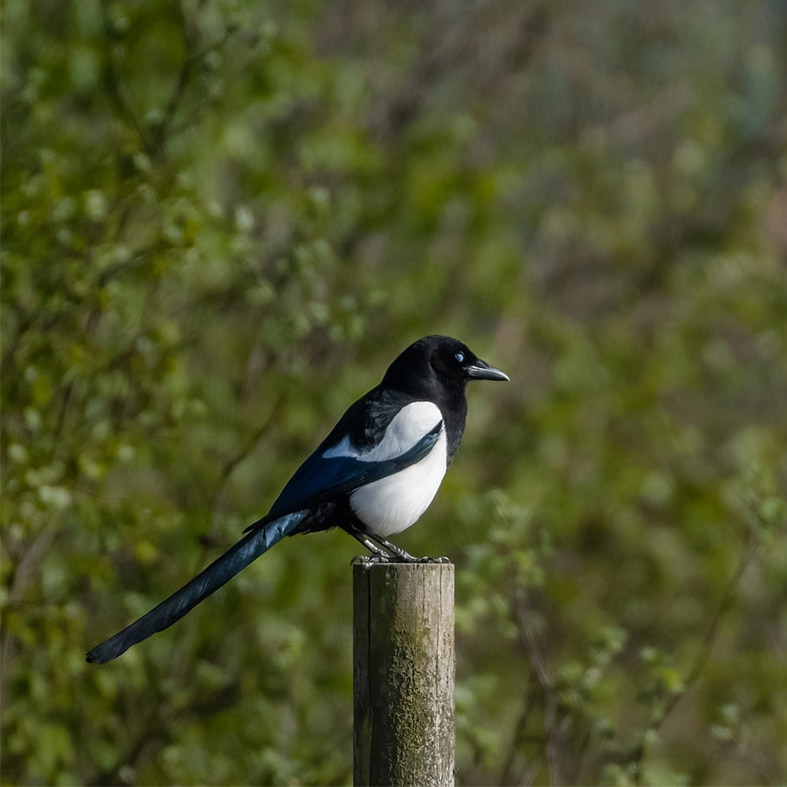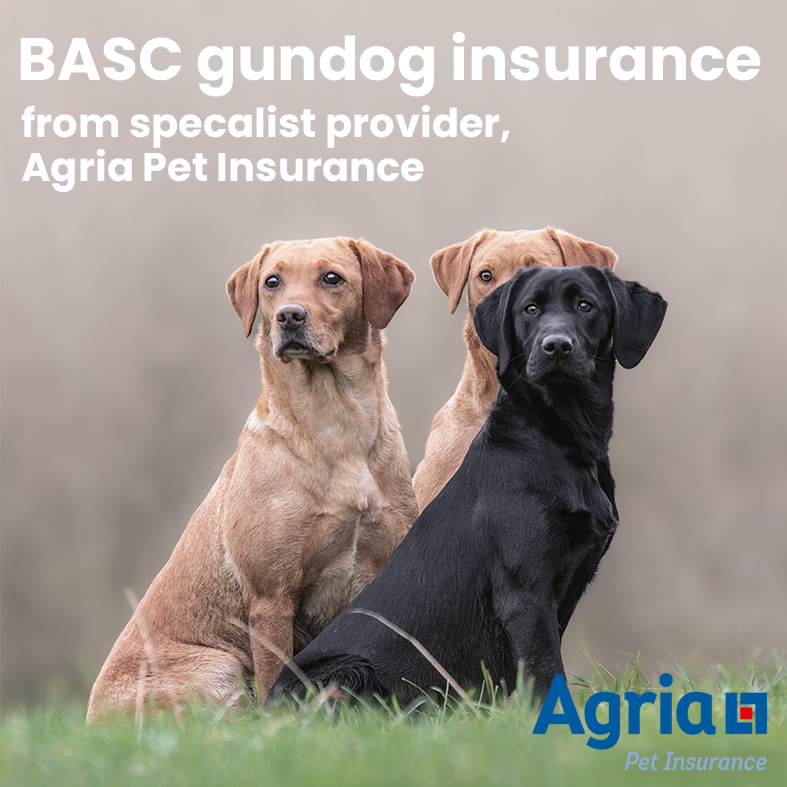Gamebird release licensing
GL43 facilitates the release of gamebirds on or near Special Areas of Conservation in England. However, the previous GL45 has been replaced with a requirement for an individual licence to release gamebirds on or near Special Protection Areas in England.
Summary
On 2 May 2025, Defra issued General Licence GL43 , which permits the release of pheasants and red-legged partridges on or near Special Areas of Conservation (SACs) in England (with the exception of Lundy SAC). This licence is valid until 1 February 2027.
Defra ministers have determined not to issue GL45 (the previous general licence applicable to Special Protection Areas (SPAs) in England due to the current avian influenza risk levels. Anyone wishing to release pheasants or red-legged partridges on or near SPAs in England, now has to apply for an individual licence from Natural England (NE). Releasing these gamebirds on these areas, without a licence (or not complying with licence conditions) is illegal.
Update: 2 May
NE have provided further information regarding the application process via a second bulletin to stakeholders and guidance for those applying for an individual licence. NE further advise that guidance on the Government webpage will be updated shortly.
BASC advice remains, that any member potentially affected should contact their local BASC team as soon as possible before completing and submitting a licence application. Our regional teams, along with other specialist staff, are on hand to advise assist and support members with the process, so please do get in touch.
Background
Concerned with delays in providing information about the issuing of licences for European protected sites, BASC previously lobbied Defra for further information. In late March 2025, Defra announced that GL43 – the general licence which permits the release of pheasants and red legged partridges on or within 500 metres of a Special Area of Conservation (SAC) in England – would be re-issued.
It has subsequently been confirmed that the new GL43 will be similar to the previous version which expired in February, but with additional guidance (the Island of Lundy is also expected to be excluded from the licence terms).
Additionally, we were advised that Ministers have not approved the issuing of GL45, which previously applied to the release of gamebirds on or within 500 metres of Special Protection Areas (SPAs), on the basis of the current risk levels of avian influenza. Shoots that wish to release on these areas will be able to apply to Natural England (NE) for an individual licence, the government body having recently taken on responsibility for these licences.
BASC previously wrote to the Minister responsible raising concerns around the decision not to issue GL45 and has also continued to engage with Defra and NE.
Following this, NE provided further information to BASC via a bulletin on 14 April. The bulletin includes details of different SPAs where NE feel an application is likely to be successful with standard mitigation, SPAs where an application is likely to be successful with delayed release, and SPAS where release is unlikely to be permitted unless there are exceptional circumstances that could reduce the risk of AI.
NE have stated that they expect to open for applications on 22 April and aim to determine licence applications within 15 working days. The bulletin also has a list of FAQs for applications. There are currently a number of other aspects we are looking into and are awaiting further information on from NE.
BASC advises any member potentially affected to contact their local BASC team as soon as possible before attempting to complete a licence application. Our regional teams, along with other specialist staff, are on hand to advise assist and support members with the process, so please do get in touch.
FAQs
Pheasants and red-legged partridges are now listed under Schedule 9 of the Wildlife and Countryside Act 1981 (England). As a result, it is an offence to release these species without a licence, but essentially this restriction (on their) release is specifically limited to on or within 500 metres of a European Protected Site. Releasing in these areas without a valid licence is illegal and can have serious consequences, including imprisonment and an unlimited fine. It is also essential to fully comply with any licence conditions.
Release outside of these areas is not prohibited so no licence is required.
There is advice on the BASC website here which includes an updated mapping tool so you can find specific sites and designations. Alternatively, you can use the common pheasant and red-legged partridge releases map. If members have any issues with the mapping systems, or feel there are any discrepancies with results they should contact their local regional team for assistance.
The legislation relating to European Protected Sites and 500 metre buffer zones, and the requirement for licensing, applies to pheasants and red legged partridges only.
This is expected in mid to late-April and will be issued by Defra.
If your planned release is on an SAC or its 500-metre buffer zone and also an SPA, then then you will need to apply for an individual licence.
There is information relevant to NE’s views regarding SPAs and the likelihood of them issuing a licence in the a recent bulletin which can be viewed here.
BASC recommends everyone who needs a licence should apply for one. However, before submitting an application , members should contact their local BASC regional team as we have specialists on standby to assist help members submit relevant information to support their application. Find your nearest BASC team here.
The application process opened on 22 April with an anticipated turn around time of 15 working days. BASC recommends members should apply at the earliest opportunity but advises that members should contact their local regional team before completing and submitting an application , who can then give them bespoke advice and support based on their own specific situation.
NE advised that that it does not plan to revisit its overarching Habitat Regulations Assessment (HRA) ‘unless there are significant, unforeseen developments with regards to avian influenza’. NE has further advised that they have based their assessment on ‘a realistic worst-case scenario’ and a change in risk levels is unlikely to alter licensing outcomes’.
BASC will continue to engage with NE for clarity and we are of the view that, should there be such a change, NE must revisit its HRA and any licensing decisions.
However, we do not recommend members delay because of this potential change and if they need to apply for a licence they should do. However before doing so, we advise them to contact us via their local BASC team for advice and support.
Release outside of these sites is not affected by this legislation. However, it is important to note that you must comply with other applicable legal requirements, such as completing the poultry register and caring for the gamebirds in line with welfare legislation and SSSI rules.
It is also important that as well as complying with the law, both in relation to this interim licensing regime and wider, we should also comply with established best practices for sustainable shooting, as detailed in the Code of Good Shooting Practice and the relevant sector codes of practice.
BASC members should initially contact their regional team for help. We can also assist in checking if pens/intended release sites are within 500m of an EPS designation and support members through the individual licence process.
Background and timeline
The release of gamebirds (pheasants and red-legged partridges) and the potential impact on European Protected Sites (EPS) in England (only) was subject to a legal challenge.
Legal proceedings were brought due to a lack of information or assessments by the relevant government agency, rather than any specific evidence of an issue with the releasing of pheasants and red-legged partridge in relation to these sites.
EPS sites include Special Areas of Conservation (SAC) designated for flora and fauna, and Special Protection Areas (SPA) for birds.
In practice, these sites are also Sites of Special Scientific Interest (SSSI), so if any activity is likely to cause damage, consent is needed from Natural England. Additionally, any activity that occurs outside of an SSSI which damages that site can be prevented by a stop notice.
Following the legal challenge, in 2021 the government proposed an interim licensing regime, alongside a prohibition of the release of pheasants and red-legged partridge on or with 500m of an EPS.
BASC and others responded to the consultation on the proposals and engaged with civil servants to negotiate a workable interim regime and annual general licence.
The general licence GL43 was subsequently introduced in 2021 and renewed in 2022 with little change. At this time, it permitted the release of pheasants and red-legged partridges on or within 500m of all EPS (both SAC and SPA), up to certain density figures, subject to other aspects such as relevant consents (as these sites are also SSSI, this could be required) being in place. The density figures for release were based on GWCT guidelines and are referenced in The Code of Good Shooting Practice.
Alongside GL43, which was issued by Defra, there was an individual licensing route for those who could not comply with its conditions; most notably if greater densities were planned to be released. The individual licensing regime was overseen by Natural England.
GL43 did not have to be applied for, but users had to comply with the conditions set within the licence which included reporting if you were releasing 50 or more common pheasants or red-legged partridges.
Because EPS are also SSSI, depending upon the designation of the individual site, permission – or consent as it is known – was also potentially required. Find out more here.
In September 2024, Defra carried out a review of the legislation which prohibits the release of pheasants and red legged partridges on or near (within the 500 metre ‘buffer zone’) European protected sites in England (only).
This legislation which underpins the licensing regime, under which the general licences GL43 and GL45 were issued, was enacted on an interim basis, subject to a sunset clause which meant it would expire by 30 May 2025.
In the review, Defra identified that the interim approach had met fundamental objectives, but that further scientific studies regarding ecological effects of gamebird release were under way (some funded by BASC). TI stated that, until this was concluded, the legislation should be rolled forward without a sunset clause.
This process was completed at the end of January 2025. It therefore remains an offence to release pheasants and red legged partridges on or near European protected sites in England without a licence.
BASC was supportive of Defra’s proposal on the basis that the government would review the need for the current measures as more evidence comes forward, and consider alternative approaches.
Issues in 2023
The 2022-23 version of GL43 expired at the end of May 2023, initially without a replacement.
However, it was subsequently reissued and was valid for a two-year period. Importantly, it was no longer applicable to SPAs or within the 500m buffer zone around these sites. This change was based on the perceived risk at this time of highly pathogenic avian influenza (AI) to the bird ‘features’ which the sites were designated for.
GL43 remained valid in relation to SACs and the associated 500m buffer zone.
However, anyone who wished to release pheasants and red-legged partridge on SPAs and within 500m of these sites in England, had to apply to Natural England for an individual licence, without which release in these areas was not lawful.
BASC launched a legal challenge following the decision to remove SPAs from GL43, but also continued to engage with Defra in seeking a solution to this issue.
March 2024
In March 2024, following ongoing engagement with Defra by BASC and other stakeholders, a new general licence GL45 covered the release of gamebirds on a number of SPAs and surrounding buffer zones.
For other areas not included, there remained an individual licence route. Due to an improving situation with regards to the risk levels of AI, an updated GL45 covering the majority of SPAs, was issued on 7 June.
